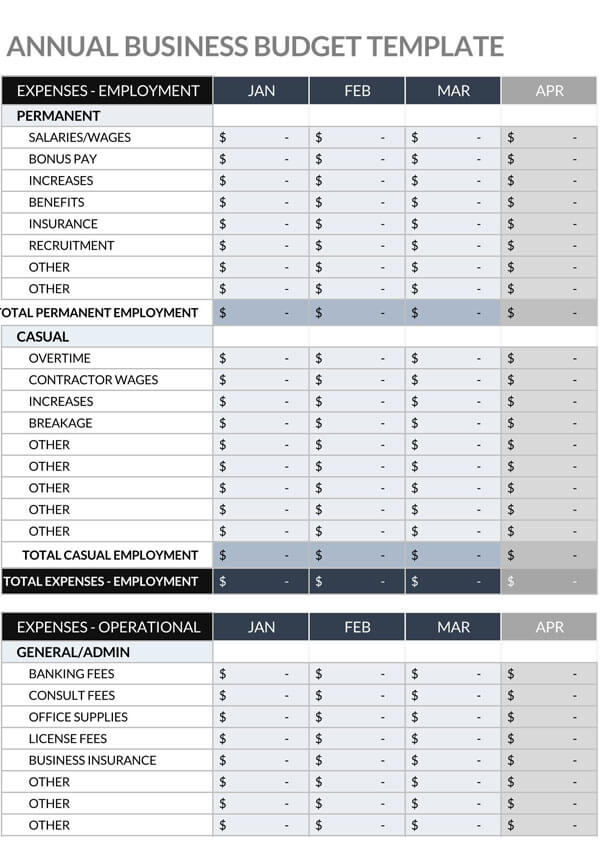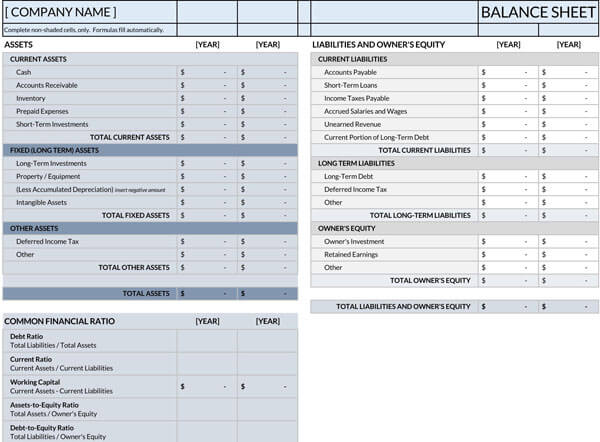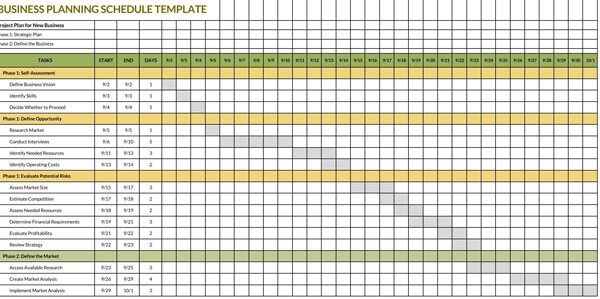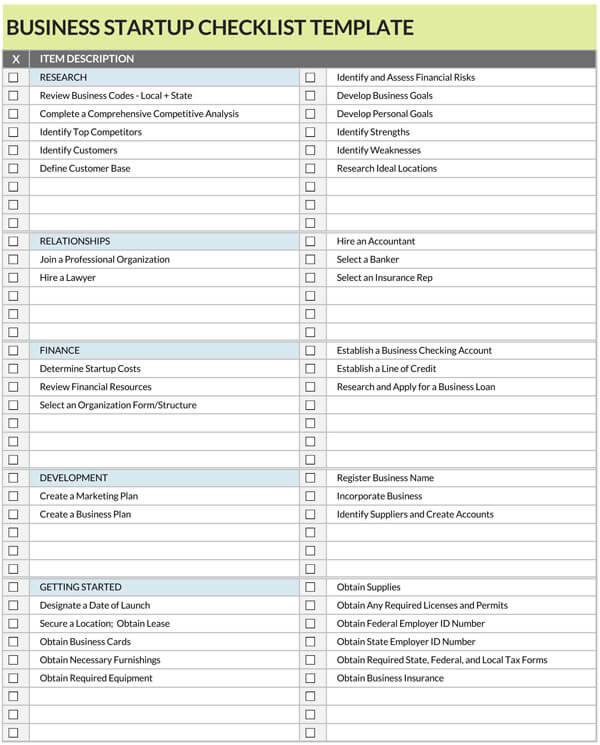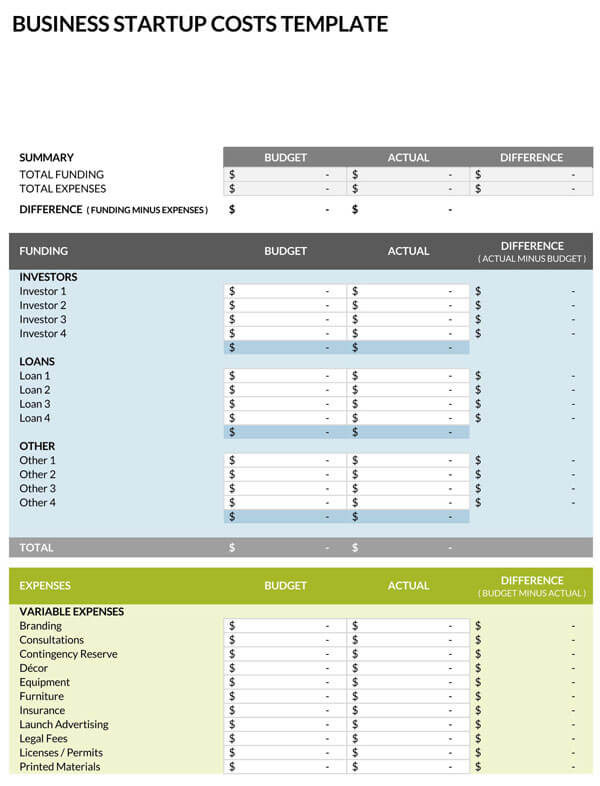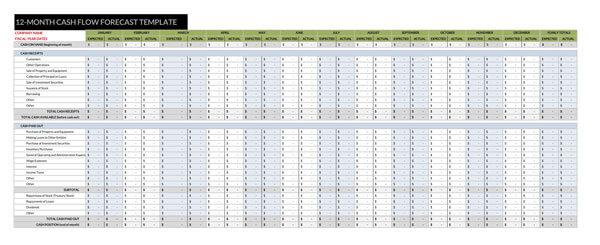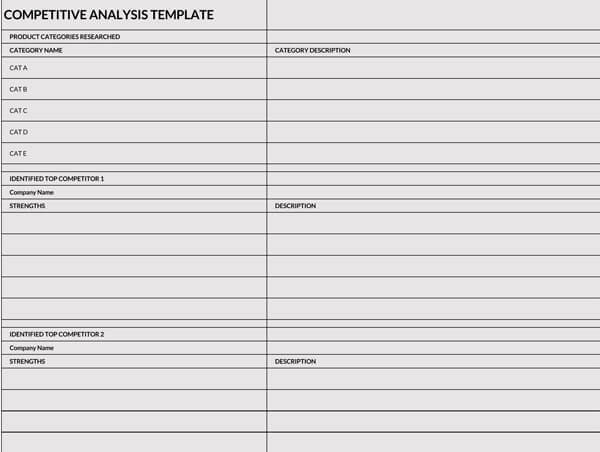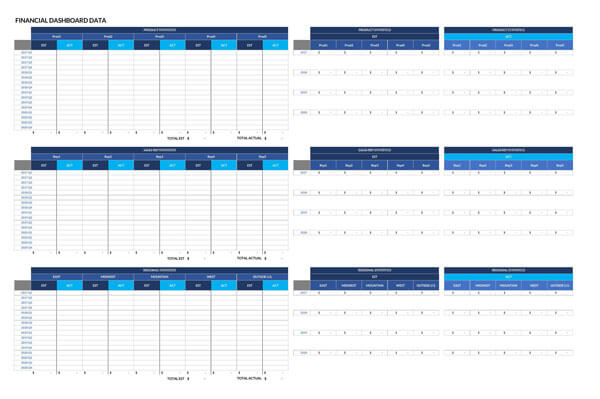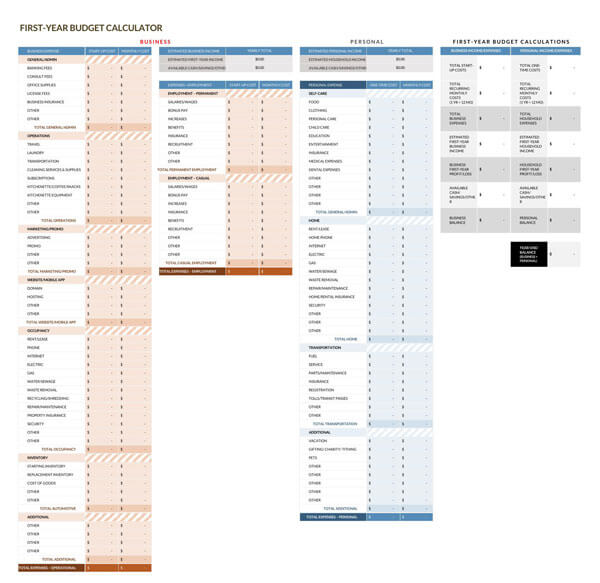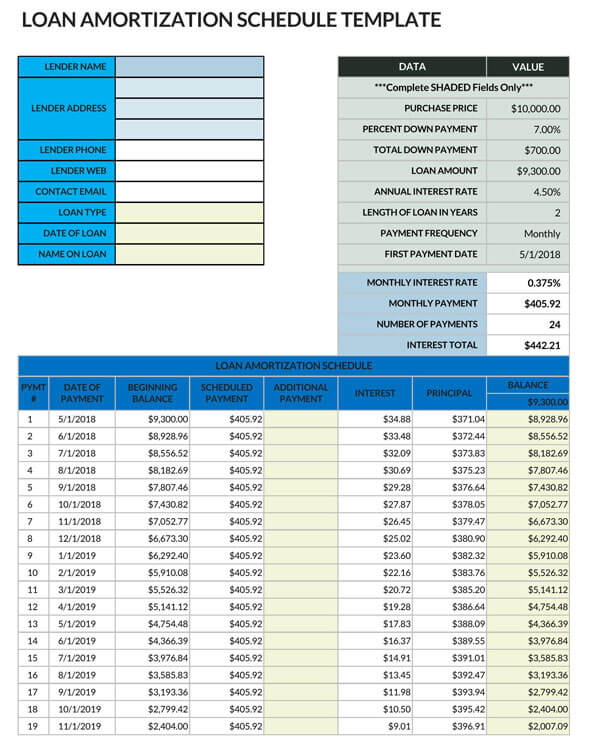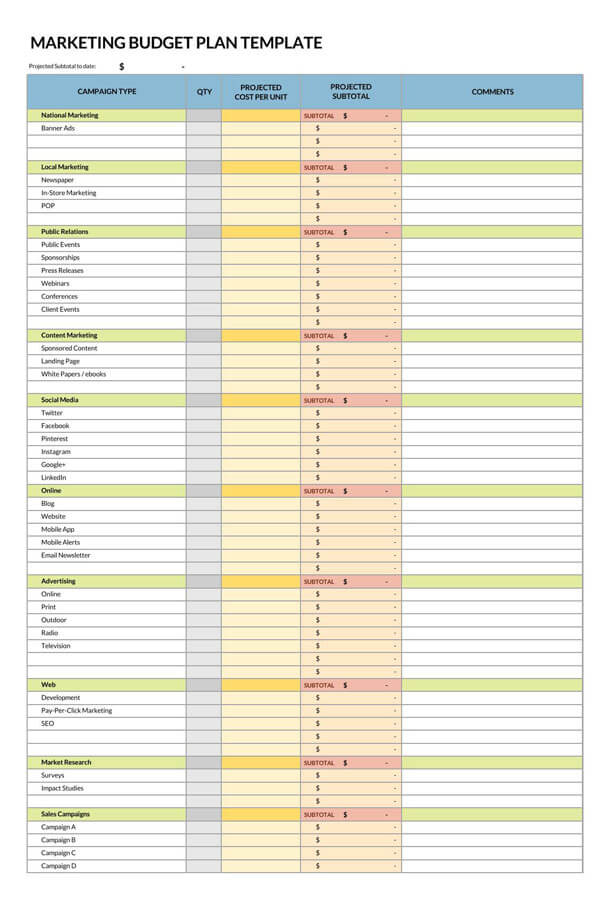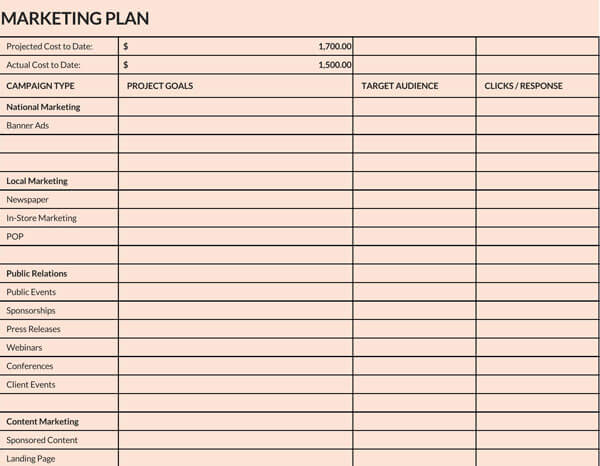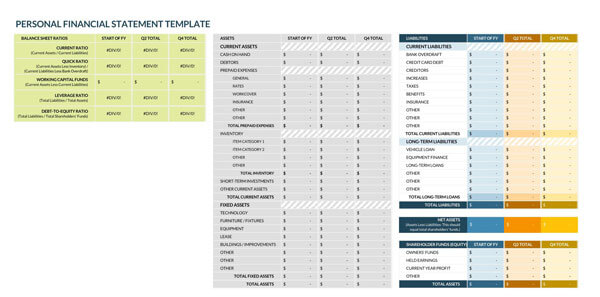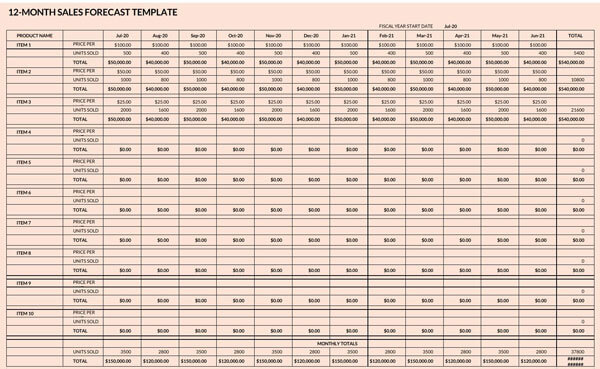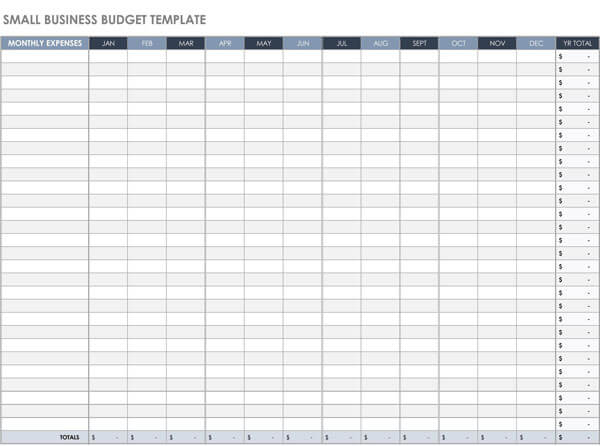Technological advancements have made a huge impact on manufacturing industries. Today, companies can receive orders digitally, send and receive invoices much faster, and optimize their sales team’s use. With advancements in data collection sensors and the availability of the internet worldwide, businesses can work remotely, predict maintenance and replacements for sensitive equipment to help them operate smoothly.
Data is always critical when it comes to coming up with a manufacturing budget. All the data collected helps the manufacturing companies to be more competent in their field. With more data available today, the right tools can help create manufacturing budgets that stabilize and even accelerate a company’s objectives.
What is the Manufacturing Budget?
The manufacturing budget is usually a set of three different budgets that estimate the cost of direct labor, direct materials ad the overhead of the number of units expected to be produced in the production budget. Simply put, a manufacturing budget estimates how much it will cost the company to produce the number of products that are included in their production budget.
During all the production phases, the manufacturer has to create a budget to help them track and record the expenses of producing the products. This budget allows the manufacturer to easily analyze and cut costs in the future and set the selling price for their customers.
Production budgets are usually meant to cater to a specific unit that is to be produced during each production phase. Part of every production budget is the manufacturing budget.
For instance:
The manufacturing budget is normally split into three different budgets, i.e., direct labor, factory overhead, and direct material. Each cost normally has its budget.
Direct material:
The direct material budget is used to plan how much raw material will be needed to meet the budgeted production. When preparing the direct material budget, the company must first decide on the quantity of raw material that they want to have in their stores at the end of each quarter. This is basically determined as a percentage of the next quarter’s raw material that they will need.
Here is an example of direct material budget:
For ABC limited company, our budgeted cost is $2 per pound. We require 5 pounds of material for each unit, and we would like to maintain a 25% inventory for next quarters’ production needs. At the onset of production, the inventory was 20,000 pounds, and we are expecting to have at least 30,000 pounds in inventory at the end of the production phase.
ABC Limited Company
Material Purchase Budget
| 1st quarter | 2nd quarter | 3rd quarter | 4th quarter | Year | |
| Units to be produced | 21,000 | 32,000 | 22,000 | 21,000 | 96,000 |
| No. of materials required per unit | 5 | 5 | 5 | 5 | |
| Pounds of materials required for production | 105,000 | 160,000 | 110,000 | 105,000 | 480,000 |
| Desired inventory at the end of production | 40,000 | 27,500 | 26,500 | 30,000 | 30,000 |
| Total material required | 145,000 | 187,000 | 136,000 | 153,000 | 510,000 |
| Inventory at the onset of production | 20,000 | 40,000 | 27, 500 | 26, 250 | 20,000 |
| Material to be purchased | 125,000 | 147, 500 | 108, 750 | 108,750 | 460, 000 |
| $ cost per pound | x $2 | x $2 | x $2 | x $2 | |
| Total raw material to be purchased | $250,000 | $295,000 | $217,500 | $217, 500 | $980,000 |
Direct Labor Budget:
To calculate the direct labor, we must first know the number of units required from the production budget. Next, we will need to determine how many direct labor hours it takes to complete a unit and the cost per labor hour. With this information, we will determine the number of direct labor hours required to meet the budgeted level of production.
For ABC limited company, each unit requires 0.5 hours of direct labor, and the cost per labor hour is $12. The direct labor budget would be:
ABC Limited Company
Direct Labor budget
| 1st Quarter | 2nd Quarter | 3rd Quarter | 4th Quarter | Year | |
| Units to be produced | 21,000 | 32,000 | 22,000 | 21,000 | 96,000 |
| Multiply by 0.5 direct labor per unit | x0.5 | x0.5 | x 0.5 | x 0.5 | |
| Direct labor hours required | 10,500 | 16,000 | 11,000 | 10,500 | 48,000 |
| Multiply by $12 per hour | x$12 | x$12 | x$12 | x$12 | |
| Budgeted direct labor | $126,000 | $192, 000 | $132,000 | $126,000 | $576,000 |
Overhead Budget:
The manufacturing budget is usually calculated last. This budget is prepared depending on how the company has allocated its overhead. The company may also decide to allocate its overhead using a predetermined overhead rate or using activity-based costing. They may also decide to separate the variable overhead costs and the fixed costs and assign the cost overheads using only the variable overhead. For example:
ABC limited company has chosen to allocate their variable overhead based on $1.50 per direct hour and fixed overhead of $75,000 per each production quarter. The depreciation on the factory machinery is $10,000 per each production quarter and is included in the fixed overhead.
ABC Limited Company
Direct Labor budget
| 1st Quarter | 2nd Quarter | 3rd Quarter | 4th Quarter | Year | |
| Direct labor hours | 10,500 | 16,000 | 11, 000 | 10, 500 | 48,000 |
| Multiply by 1.5 variable overhead | x1.5 | x1.5 | x 1.5 | x 1.5 | |
| Variable overhead cost | $15,750 | $24,000 | $16,500 | $15,750 | $72,000 |
| Fixed Overhead Cost | 75,000 | 75,000 | 75,000 | 75,000 | 300,000 |
| Total Overhead cost | 90,750 | $99,000 | $91,500 | $90,750 | $372,000 |
| Depreciation on machinery | 10,000 | 10,000 | 10,000 | 10,000 | 40,000 |
| Total manufacturing overhead cost | $80,750 | $89,000 | $81,500 | $80,750 | $332,000 |
The Functionality of Manufacturing Budget Templates
Manufacturing Budget Templates are flexible financial planning tools used in Microsoft excel for manufacturing companies. The templates are made to be used for any manufacturing business, from electronic industries to textile and chemical industries.
The functionality of the manufacturing company budget template makes it easy for the users to project revenue by product groups and the associated retail channels and estimate the different types of costs and expenses.
The manufacturing budget templates can help one do the following:
- Separate the profit and loss budgets, cash flow budget, and balance sheets;
- Create a comprehensive sales projection by manufacturing product groups;
- Estimate the total costs of the goods sold, including the raw material used, packaging, rent, utilities, and direct and indirect manufacturing labor;
- Planning of all the administrative expenses;
- Develop comprehensive scheduling of investments in both tangible and intangible assets;
- Keep a detailed record of the inventory, the accounts payable, and receivables;
- Calculate the required amounts of purchase each month
- Lastly, generate a graphical interpretation of the projected results from the cash flows, including the operational, financial, and investments
Free Manufacturing Budget Templates
Download our professionally designed complete manufacturing budget templates and use them for developing a comprehensive plan and schedule.
How to Create a Manufacturing Budget
Budget creating for any manufacturing company usually depends on the flow of operation and the type of production. In general, one can take the following steps when creating a manufacturing budget:
Review the long-term plan: How long will each phase of production take? When creating a manufacturing budget, start by reviewing what the long-term goals of the manufacturing are.
Determine your expenses: After you have reviewed the company’s long-term goals, identify the major items that are crucial for manufacturing, and list them down.
Marry the past and the future: Look at some of the budgets you have made before related to your current project, pick out the key items that made it a success, and try to fuse them into your budget.
Divide by four: Segment the manufacturing phases into four and create a budget for each phase. Ensure that all the resources are evenly distributed for each phase.
Plug-in actual numbers: After making your budget estimations, find out the cost of each item listed, and plug-in the actual numbers.
Data Leads to Better Manufacturing Budgeting
There are several reasons why one should have enough data when coming up with a manufacturing budget, including:
- Data helps in price estimation: with enough data, one can easily predict the market price for the items that they are looking to include in the budget
- Data helps in setting achievable schedules: if you have enough data on your previous projects, you can easily estimate how long the project will take
- Data can be used for scenario building: If you have enough data when budgeting, you can easily create different scenarios to help you come up with a comprehensive budget for your project.
How to Achieve an Easier and More Accurate Manufacturing Budget
There are two ways in which one can achieve an easier and more accurate manufacturing budget:
- Planning and budgeting tools: using the right planning and budgeting tools to obtain data from various sources and comparing and contrasting the data obtained can help create a clear picture of how the manufacturing company operates. The knowledge obtained through planning and budgeting tools can help one to see or project the future of the products being produced, i.e., the demand curve, and be able to budget for the raw materials based on that
- Collaboration: collaboration is a great way of optimizing the manufacturing budget, resulting in better communication. For example, the sales and manufacturing of a company should be well aligned. If manufacturing shows a potential increase based on the budget inputs, the sales team must then document that info as soon as the prediction is made to adjust appropriately.
Tips For Budgeting Your Manufacturing Business
Even though a comprehensive manufacturing budget requires considering very many aspects, the process doesn’t have to be very tough and time-consuming. Here are some basic tips to help you prepare your manufacturing budget more accurately and efficiently:
- Work off of last year’s budget: records of your previous projects are always important and should be well maintained as they provide crucial information for budgeting. Your previous budgets will help you come up with an overview of what to expect when budgeting.
- Account for all indirect costs: Ensure that when creating your budget, account for all the potential and hidden costs as well as those that you are aware of, as this will help you to cover all the areas that may come as a surprise when the project starts.
- Adjust the budget as you go: It is important that you review your budget as you proceed with the project. This will give you a picture of what you need to change, add or adjust in your budget.
Conclusion
To improve manufacturing budget estimates and support better decisions about the use of budget resources in any given project, one should come up with a comprehensive profit planning and control program which involves the processes and materials used in manufacturing. Once developed, the budget will act as a control system that will guide all the activities and help in monitoring the performance by comparing it to the budget goals.
